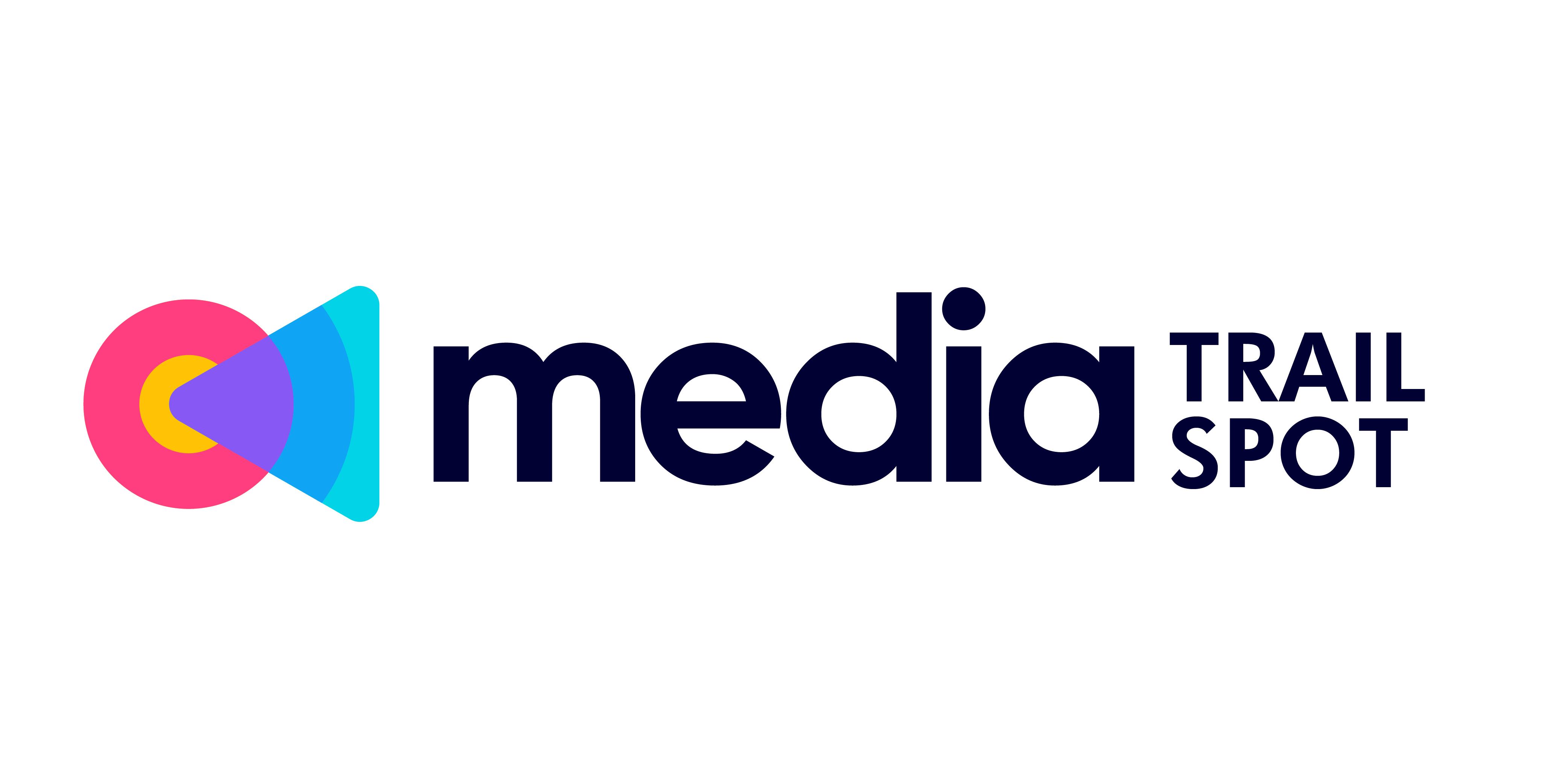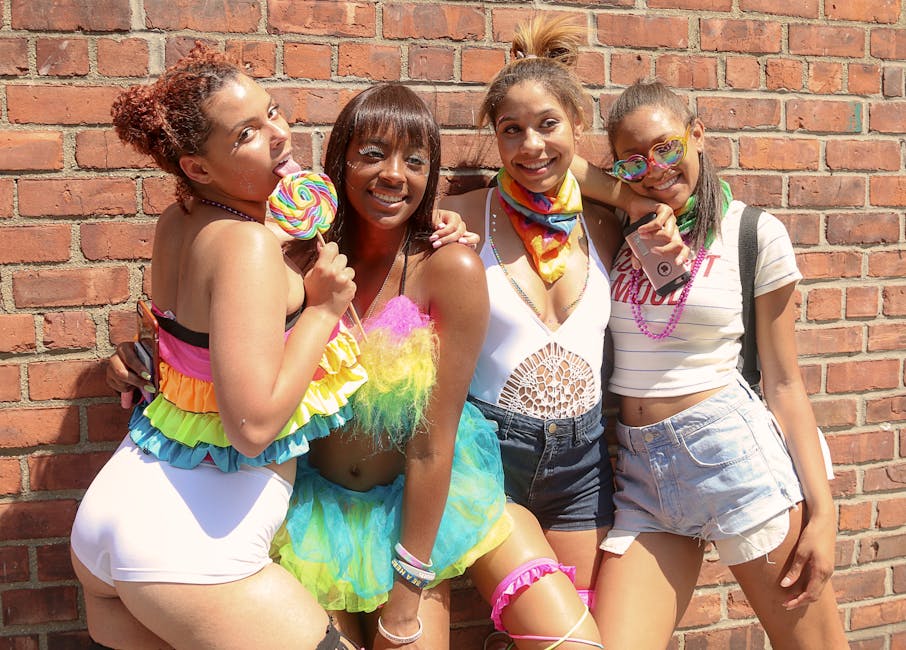Intro: A Changing Digital Landscape
Digital media moves fast. What worked last year is already outdated. Platforms tweak algorithms in silence. New apps make old ones feel clunky overnight. Formats shift, user habits evolve, and the rules keep changing. If you’re not watching, you’re falling behind.
This isn’t just a trend—it’s survival. Staying updated means staying relevant. Miss a shift in audience behavior or a feature rollout, and your reach tanks. Creators, brands, and platforms all live by the same rule now: adapt or become invisible.
Attention has never been more expensive. It’s not just about grabbing eyes—it’s about earning them. What’s working? Sharp storytelling, authentic voice, speed without sloppiness. The content that wins in today’s landscape doesn’t just show up—it understands where the audience’s head is at right now.
The pace won’t slow in 2024. If anything, we’re speeding up. Time to move with it—or step aside.
Trend 1: The Growth of On-Demand Audio
Podcasts, audiobooks, and voice-first platforms continue to carve out serious territory in the digital content landscape. They aren’t flashy, but they’re everywhere—playing in cars, at gyms, during chores, even while unwinding at night. That’s the edge: audio pairs perfectly with the modern multitasking lifestyle. Unlike video or text, audio doesn’t demand full focus. It travels with you.
Listeners aren’t casual either—they’re loyal. According to Edison Research, 80% of podcast listeners tune in to most or all of each episode, and the average weekly listener spends over 8 hours on audio content. That’s not a hobby; that’s a habit. Audiobook sales keep growing too, with a reported 10% jump in 2023 alone.
For creators, this opens up a path to build deeper relationships with their audience. A podcast might not go viral like a TikTok, but it will earn trust—and time. That kind of connection is hard to come by in a swipe-fast world.
Want to dig deeper? Check out The Rise of Podcasts: A New Era in Digital Content.
Trend 2: Short-Form Video Still Reigns
TikTok, Instagram Reels, and YouTube Shorts aren’t just features anymore—they’re the front doors of digital media. If your content can’t hook someone in the first 3 seconds, it probably won’t make it to second 4. This isn’t new, but in 2024, it’s been sharpened even further. Attention is scarcer, swipe reflexes are faster, and the real estate for mistake-making is near zero.
Still, creators are finding ways to thrive in the 60-second ceiling. The secret? Storytelling. The most effective short-form isn’t random—it’s structured. Think compact arcs, quick emotional hits, and strong payoffs. Whether it’s a 20-second product demo or a micro-vlog that sets up tension and resolves it in under a minute, the winners know how to make every second carry weight.
Brands and influencers are leaning into this with layered content stacks: headlines that grab, visuals that hold, and CTAs that convert without overstaying their welcome. The goal is no longer just going viral—it’s keeping people coming back. Short-form doesn’t mean shallow. In the right hands, it’s punchy, intentional, and sticky.
Trend 3: Personalization Powered by AI
You’re not imagining it—your feed really does know you better than it did last year. Algorithms have gotten sharper, faster, and more predictive, serving up content, ads, and suggestions that feel eerily well-timed. This is the result of accelerated AI personalization across platforms. Whether it’s a perfectly placed Reels ad or a YouTube recommendation that hits your niche interest, AI is driving the experience.
For creators, this is an opportunity and a headache. On one hand, the right users are more likely to see your work. On the other, you’re stuck inside a loop—the more a viewer’s preferences are reinforced, the harder it is for fresh ideas to break through. The relevance keeps audiences engaged. But the risk? Echo chambers that shrink perspective and limit discovery.
Still, smart creators are finding ways to use AI tools in their favor. Platforms now offer real-time analytics, A/B testing insights, and heatmaps that highlight what’s working and what’s not. The faster you adapt based on feedback, the more the algorithm plays nice. It’s not about hacking the system anymore—it’s about partnering with it, without losing your human edge.
Trend 4: The Creator-Led Economy
Independent creators aren’t just part of the media industry anymore—they’re shaping it. What used to be a side hustle has become an engine of innovation. From solo podcasters and niche video hosts to full-on media collectives, creators are building loyal followings without the middleman. The tools are here. The audience is listening. And the rules have changed.
Platforms are finally catching on. YouTube’s fan funding, TikTok’s creator marketplace, Instagram’s revenue sharing—these aren’t side perks anymore. They’re core offerings designed to keep creators producing and profiting. In 2024, monetization isn’t one-size-fits-all. It’s a layered mix of ad revenue, brand deals, product drops, and live support.
And the smartest creators? They’re bypassing the system entirely with direct fan support. Crowdfunding models like Patreon or Ko-fi, paywalled newsletters, and NFTs tied to content access are giving creators control—but also responsibility. When you own the audience relationship, you own the outcome.
This shift means more creative freedom, but it also demands real work—community building, brand accountability, and business savvy. In the creator-led economy, you’re not just a storyteller. You’re the studio.
Trend 5: Platform Fragmentation
There’s no longer one place to reach your audience. They’re scattered across channels—YouTube for long-form video, Twitch for live hangs, Substack for deep dives, Discord for direct community talk. The idea of picking one platform and running with it? That’s over.
Today, creators need to think cross-platform by default. A viral moment on TikTok might not mean a thing to your Discord crew, and your newsletter audience could care less about a YouTube vlog. That’s not a problem—it’s the point. People show up differently depending on the platform, and your content needs to flex with them.
The smart move now is to stop just building content and start building community. Doesn’t matter where it lives, as long as it keeps people talking, sharing, and coming back. Fragmentation is the new normal. The creators who win don’t resist it—they make it work.
Conclusion: Adapt or Fade Out
The only constant in digital media is motion. Platforms evolve, audiences shift, algorithms flip the switch overnight. If you’re standing still, you’re already falling behind. That’s the reality creators and media professionals have to face in 2024.
Winning in this space doesn’t mean chasing every trend—it means listening closely, testing often, and adjusting fast. Success is less about mastering one tactic and more about building a habit of learning. What worked six months ago might be dead weight now.
The tools are better. The playing field is wider. But the tide’s rising fast. You either move with it—or get left under it. Your choice.


 Syvanna Kelricsona, co-founder of mediatrailspot blends her expertise in design, user experience, and emerging technology to deliver impactful content. She is passionate about showing how innovation in web and mobile platforms shapes the future of communication and creativity.
Syvanna Kelricsona, co-founder of mediatrailspot blends her expertise in design, user experience, and emerging technology to deliver impactful content. She is passionate about showing how innovation in web and mobile platforms shapes the future of communication and creativity.

